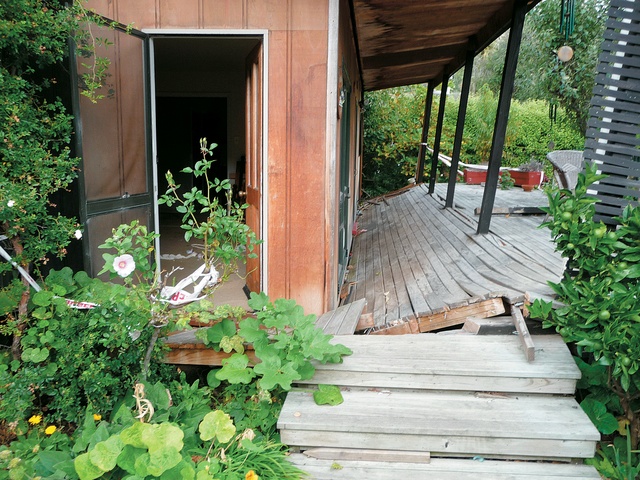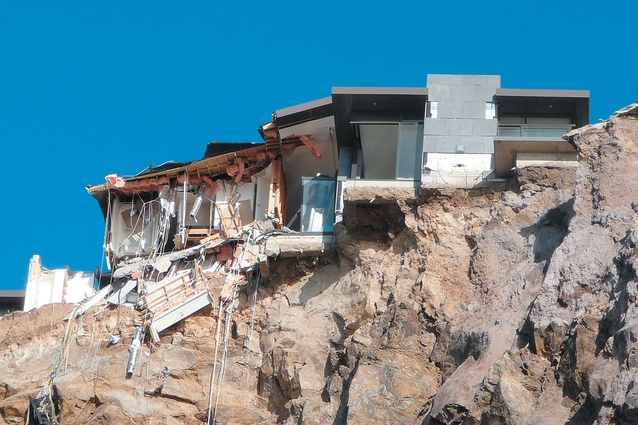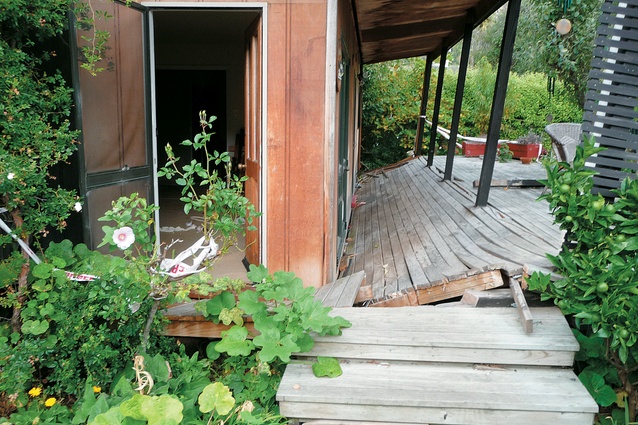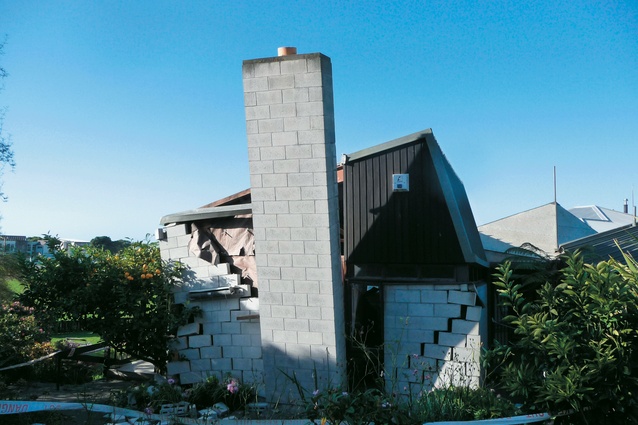A perfect storm
John Chaplin says repairing quake-damaged homes has the potential to lead to a disaster similar to the leaky homes debacle.
More than two years on from the 2010 and 2011 Canterbury earthquakes, the process of repairing and rebuilding homes is still only just beginning. A great many homes have had repairs completed, but these have tended to be the houses with minor damage. Currently fewer than a quarter of the worst affected homes have been repaired or rebuilt.
Most red zone claims have now been settled, either with the Canterbury Earthquake Recovery Authority (CERA) or a private insurer, but for the thousands of home owners who have had confirmation their homes need to be rebuilt, very few have actually got past the design stage, and thousands more are caught up in disputes with insurers and project management officers (PMOs) about what exactly they are entitled to.
My personal experience is in line with this; after more than two years and four separate on-site scoping assessments, I am still none the wiser about whether our home is under or over the cap, so the significant repairs required are still well over a year away. As a result of these delays, the level of dilapidation and consequential damage is increased, leading to the need for additional and more complex repairs, and another layer of debate and risk.
Staying positive about the situation is becoming more and more problematic. As an architect dealing with the fall-out of insurance claims from not only my own property and office building, but those of numerous clients from the past 35 years, trying to remain optimistic is wearing thin. Many of my clients have not been able to live in their homes since 22 February 2011, and still have no firm commitment from their insurer about the path to repair or rebuild.
The reality of the task of repairing the 100,000-plus earthquake-damaged houses in Christchurch is finally hitting home. The task is being made more daunting by the resistance of insurers to adequately pay for the necessary repairs. And it is not helped by the inexperience of assessors and the suspicion of engaging professionals. Because of this, the clear and definitive identification of damage and the correct repair methodology is being compromised in many instances.

The consequences of this are worrying, particularly as much of the repair work is being done under Schedule 1 of the Building Act (BA), as exempt work. This is most often under the direction of the insurer and the PMO, as it reduces costs and avoids the complication of consent documentation and a more robust inspection process.
It creates an interesting conundrum, as without the consent process, regimented council inspections are not carried out, and while all work must comply with the Building Code as required by Section 17 of the Building Act, there is nobody to give assurance or to be potentially liable for the work when it is carried out this way.
Because the work is not consented, and is not restricted, there is no fallback on the Licensed Building Practitioner scheme. Also, any contractors who carry out the work will largely do so in good faith based on the scope of work prepared by the PMO. Any variation of work must be approved by the PMO, and this is often a convoluted process, making the alternative of ignoring and covering up any required additional damage an easier and quicker pathway.
Contractors are also aware of the overriding agenda of insurers and PMOs to keep costs down. Significant evidence is coming to light from contractors that they are often severely compromised by the repair budget, which soon into the repair they find inadequate or inappropriate. There are three potential scenarios that we are seeing all too frequently with botched repair jobs.
Firstly, the work is not clearly identified in the scope of work but is deemed by the contractor as necessary for a robust and proper repair. The PMO does not approve the additional work. Secondly, a contractor completes the scope of work as determined by the PMO in good faith, but later the repair work fails. Often this is simply a case of the internal lining cracking again, but in a more serious incident it could involve a weathertightness or structural issue being overlooked.

The third scenario is that the damage and repair work is correctly scoped, but is not correctly executed due to poor workmanship. The last situation leaves the contractor exposed, but the former two have a more direct link back to the scoping document prepared by the PMO, and cost cutting by insurers. In the event of faulty repairs, this process can leave the homeowner with no quality assurance and no one to claim liability.
The whole subject of earthquake damage, repairs, insurers and PMOs is complex and frustrating. The knowledge and experience gained over the past two years should be contributing to the reduction of mistakes in scoping the damage and the understanding of what is required for correct remediation, but the underlying agenda of suspicion and the need to minimise costs is still overriding this.
As we learnt in the late 1990s and early 2000s, patch-up jobs only led to liability problems for those involved in the botched repairs. For me, having worked as an architect during the 1990s, the lack of action and accountability by many, particularly local and national government, involved in leaky homes built during that period, is hard to believe. Yet, I can’t help but feel we are about to see a whole new generation make the same mistakes in Christchurch.
I sincerely hope this is not the case. I cannot help but speak out as what I am seeing does not instill much confidence. There needs to be much more awareness about this issue in order to ensure the repair of homes is not left to continue on its current path and develop into another disastrous leaky home-style perfect storm.













